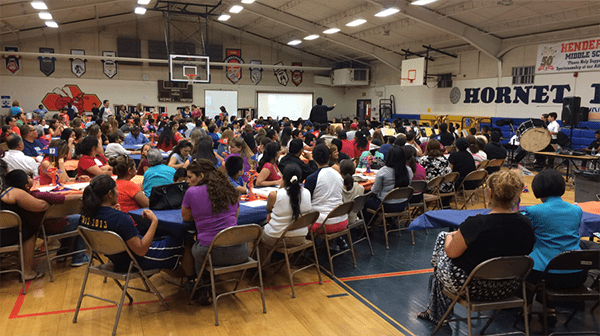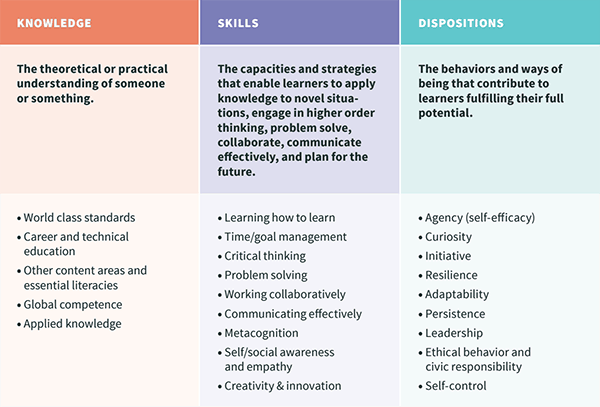Learner-Centered Vision Will Frame Next Generation Learning

The last 20 years of American elementary and secondary education were framed by federal accountability legislation. The well intentioned consensus to promote equitable improvement didn’t work as well as hoped and had unintended consequences.
The next 20 years will be framed not by legislation but an emerging vision of learner-centered learning. Created by the rise of new tools, new schools, and new informal learning opportunities, a new vision for authentic, engaged, and personalized learning has become widely shared.
Blending face-to-face and digital learning, the emerging vision suggests each learner should have a unique path and pace, progressing as they demonstrate mastery.
Grant programs reflecting this learner-centered vision have been launched by Carnegie, NGLC, NewSchools, Nellie Mae, and more. The new film Most Likely to Succeed shares the learner-centered vision.
Further evidence is a diverse group of 28 practitioners, advocates, and business and union leaders came together to reimagine education. Supported by nonprofit Convergence, they created a learner-centered vision of an education system where experiences are “adaptable to the needs and potential of each learner and supports the highest possible outcomes for each and every learner.”
The working group, Education Reimagined, outlined five elements of the new system (more details on elements are available in the vision document):
- Competency-based learning is an alternative to age- or grade-based learning. In competency-based learning, each learner works toward competency and strives for mastery in defined domains of knowledge, skills, and dispositions.
- Personalized, relevant and contextualized learning is an approach that uses such factors as the learner’s own passions, strengths, needs, family, culture, and community as fuel for the development of knowledge, skills, and dispositions.
- Learning that is characterized by learner agency recognizes learners as active participants in their own learning and engages them in the design of their experiences and the realization of their learning outcomes in ways appropriate for their developmental level.
- Socially embedded learning is rooted in meaningful relationships with family, peers, qualified adults, and community members and is grounded in community and social interaction.
- Open-walled learning acknowledges that learning happens at many times and in many places and intentionally leverages its expansive nature in the learner’s development of competencies. learners with authentic, rich, and diverse learning opportunities.
Broader aims. Communities all over the country are embracing broader educational aims. Recently hundreds of families gathered at Henderson Middle School to discuss the question “What should all El Paso students know and be able to do?”
Parents said they want their children to be critical and creative thinkers, informed problem solvers, bilingual communicators, productive citizens, and socially intelligent individuals.
As stated in the Education Reimagined vision, and particularly notable for their consensus, in order for the next generation of learners to succeed and thrive, their learning experiences must facilitate their development in three primary domains: knowledge, skills, and dispositions. The chart below shares their descriptions of each of these domains and a set of examples adapted from the work of the Council of Chief State School Officers:
This learner-centered vision starts from the evidence that all children are naturally curious and motivated to learn. It envisions a system that adapts to learner needs and interests and supports their development of knowledge, skills, and dispositions they need to thrive.
The vision is a call to action for all of us.
- Parents can promote powerful learning by being informed and intentional.
- Teachers can promote deeper learning with student directed projects
- Administrators can hold community conversations about what graduates should know and be able to do;
- Communities can create and support new and transformed learner-centric schools.
For more check out:









Nick Donohue
Another great piece by TVA.